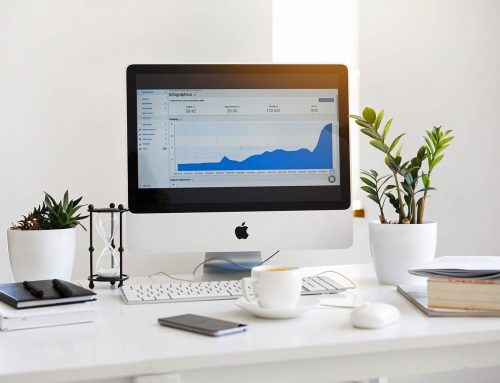Image Optimisation is reducing the size of your image without sacrificing the quality, this is important for keeping your page load times low. It is important as it is also about getting your images to rank on Google and other search engines.
- You will need to choose the right file type for your images – JPGs are the most popular file type, this is because they can be saved in either high or low quality making it easy to adjust the image however you want. GIFs are not as popular anymore due to their limited colours, but are still used for smaller images such as logos. PNGs are popular due to that they can handle transparency, something a JPEG cannot do. They are very popular for larger logos due to their high quality.
- When saving your images, make sure the file size is not too large, as this will impact the speed of your site and if your site takes too long to load, it is likely people may abandon it. The dimensions of your image also come into this (you can view the dimensions of your image in Properties or Photoshop), which you can change yourself once saved on a photo app such as Photoshop. In Photoshop you can specifically ‘Save for Web’ which automatically optimises your image for using online.
- You can also compress your images for web, this will also reduce the file size of the image



